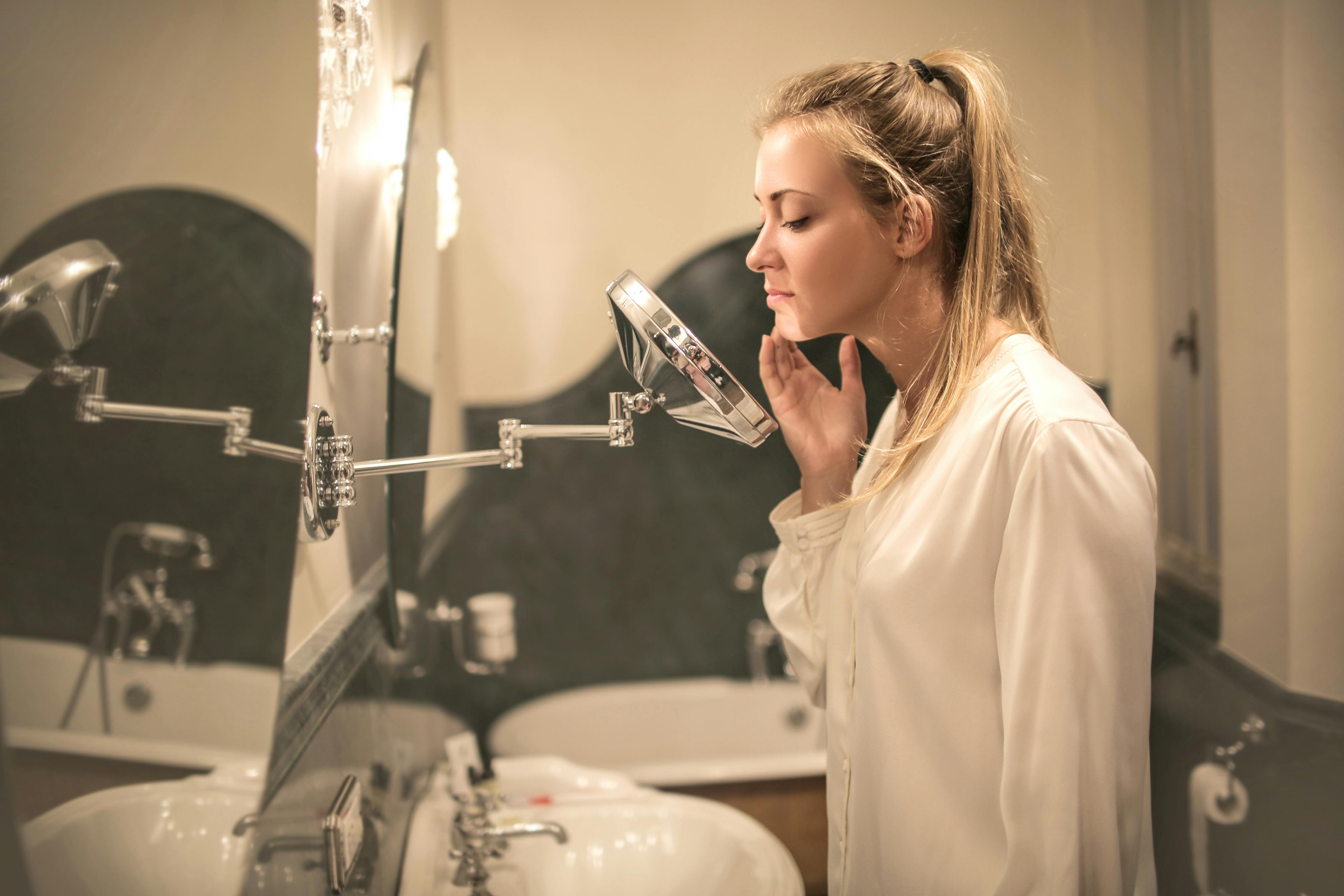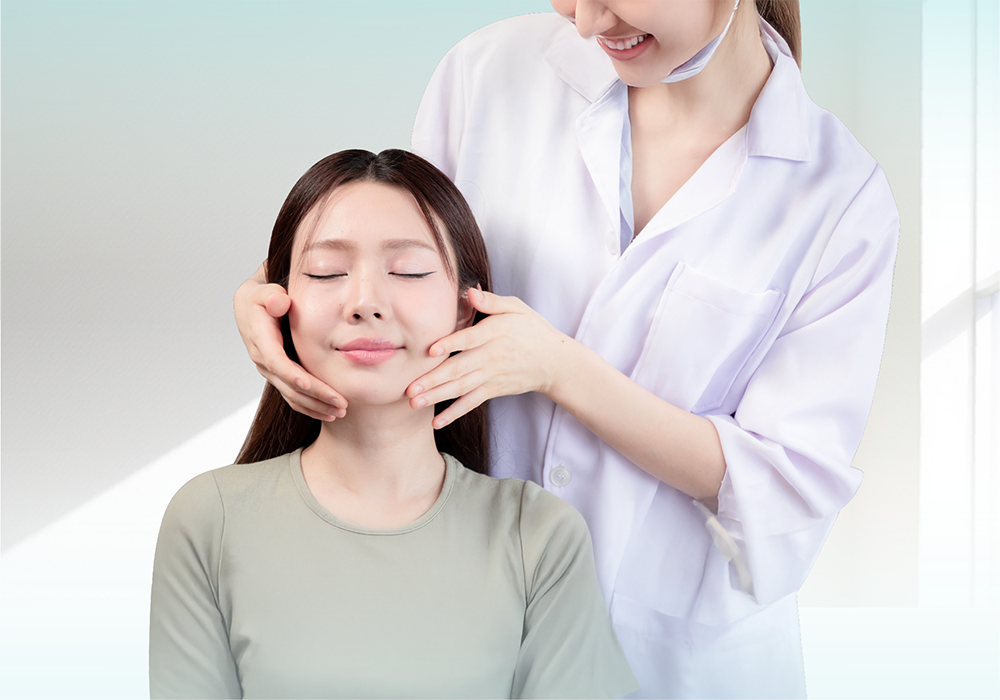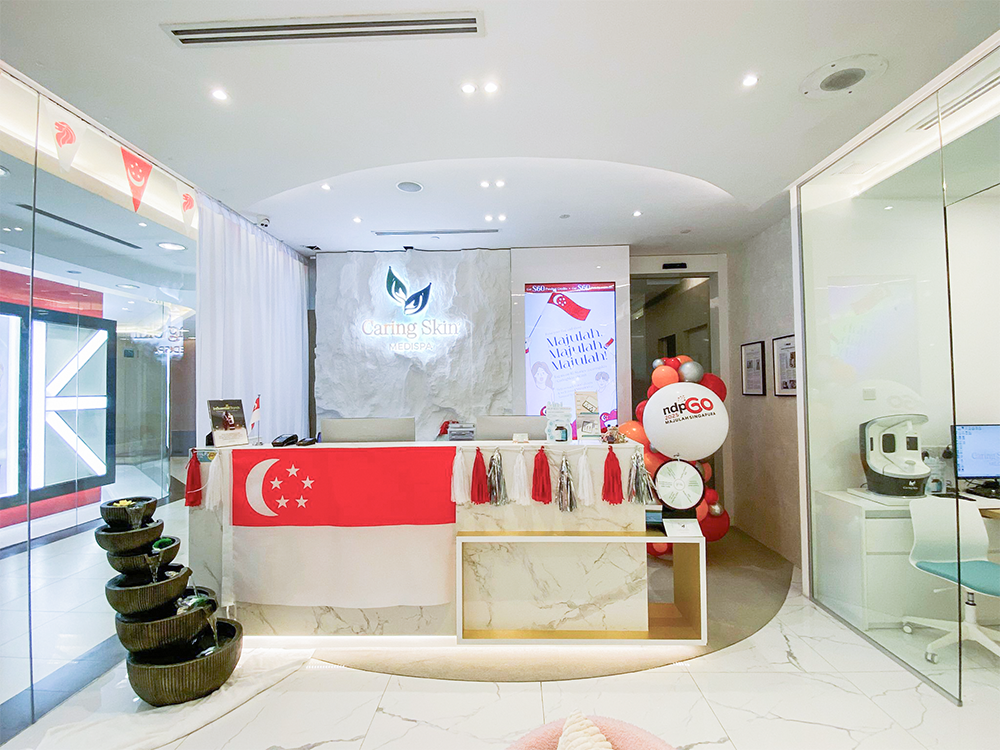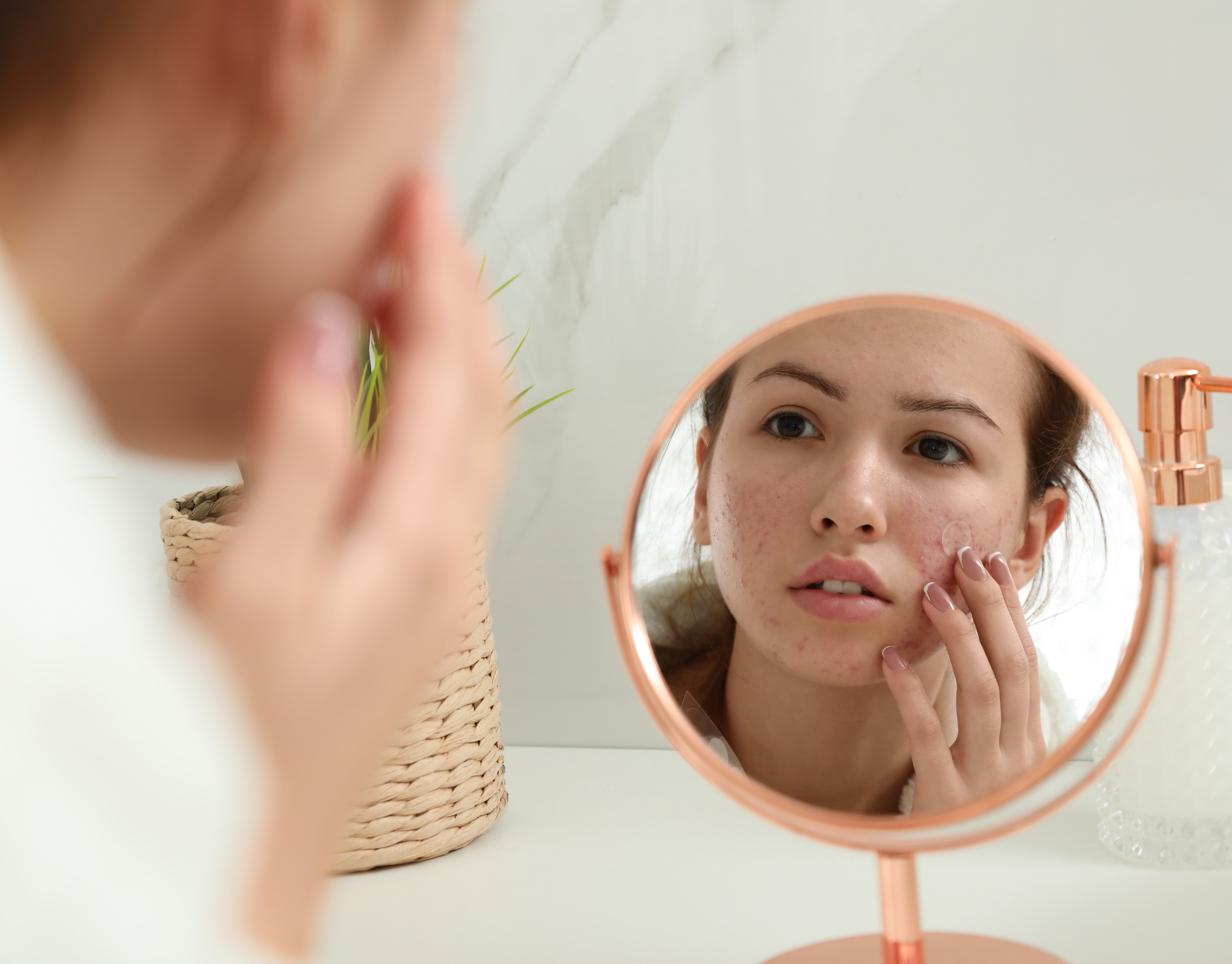If you've ever started a new skincare routine only to find your skin breaking out more than before, you're not alone. This frustrating phenomenon, known as skin purging, is a common yet misunderstood process that leaves many people confused and frustrated. But before you toss out your new skincare products, let’s uncover what skin purging really is, why it happens, and how to tell if you’re experiencing it.
What Causes Skin Purging?
The good news is that skin purging isn't bad—it can actually signal that your skin is improving. This happens when active ingredients speed up cell turnover, pushing out impurities like excess oil and dead skin. While it can look like regular acne, purging is a temporary phase where breakouts, dryness, or peeling may occur, but these are signs that your skin is clearing out impurities as it adapts to the new product.
Difference Between Purging And A Breakout
Not all breakouts are a sign of purging. Sometimes, your skin may react negatively to a product due to irritation or clogged pores. Here’s how to differentiate between purging and regular breakouts:
- Purging: Occurs in areas where you commonly break out, involves small pimples like whiteheads or blackheads, and is temporary.
- Regular Breakouts: Can occur anywhere on your skin, often includes painful, cystic acne or irritation, and persists longer than 6 weeks.
How To Manage Skin Purging
While skin purging can be frustrating, there are ways to manage it effectively:
- Stay Consistent: It’s tempting to stop using a product when your skin starts purging, but consistency is key. Stick with it for at least a month to see the full benefits.
- Hydrate and Soothe: Use gentle, hydrating products to counteract dryness and irritation during the purging phase. Avoid harsh physical scrubs or aggressive treatments that could exacerbate irritation.
- Don’t Overload Your Skin: Resist the urge to introduce multiple new products at once. Focus on one active ingredient at a time to allow your skin to adjust.
- Know When to Stop: If you’re experiencing painful, cystic breakouts in new areas or if your skin is severely irritated, it could be a sign of a reaction rather than purging. In this case, consult with a dermatologist.
Give Skin Purging A Month
Think of skin purging as a phase your skin needs to go through to become beautiful. It happens when active ingredients speed up your skin's renewal process and typically lasts one full skin cycle. If it continues beyond six weeks, consult a skincare professional.
Facials can also help by clearing impurities and delivering targeted treatments. While purging can be frustrating, it’s worth the wait for healthier skin.
Book your facial appointment with us today.








